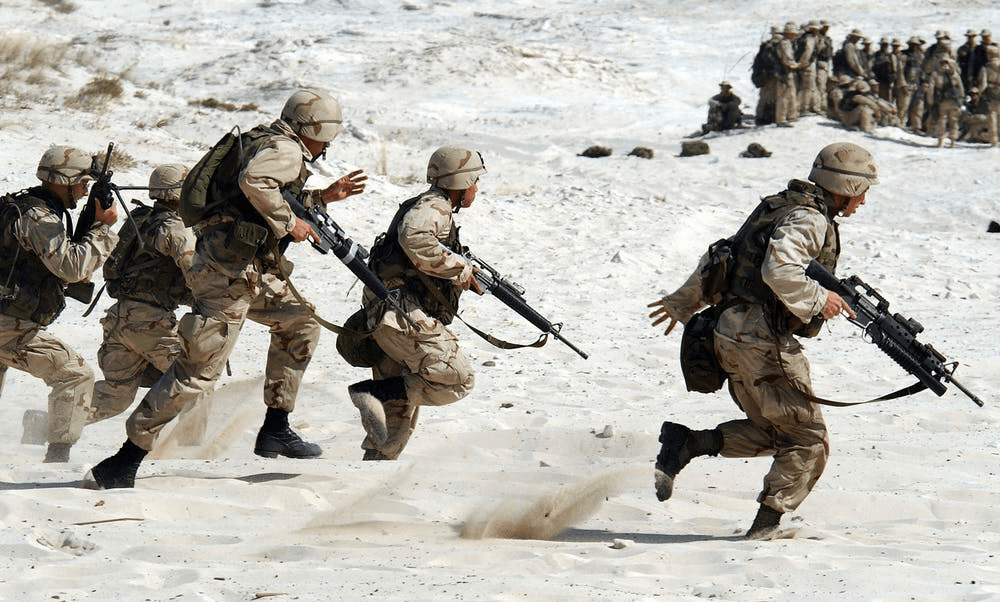Intermediate listening about The War
آموزش مهارت شنیداری متوسط به زبان انگلیسی با موضوع جنگ

محتوای درس
نمایش اطلاعات
The War

Good morning, everybody. Today I’m going to talk about one of the most terrible wars of the twentieth century. Although it took place mainly in Europe, it involved countries from all over the world. I’m talking, of course, about the First World War, from 1914 to 1918, which resulted in the death of about ten million military personnel. Despite the enormous human cost, the war did have some positive consequences. In fact, it was precisely because of the nature and scale of the horrors of the battlefield that many important medical advances were made, as new equipment and techniques had to be developed quickly to cope with the huge number of injuries.
As I said, the scale of the First World War was huge. New weapons were used that were designed to kill on an industrial scale, such as machine guns, tanks and poison gases. These produced brutal results: many deaths and about twice as many injuries. Those injured suffered very severe wounds and this pushed the medical establishment to build on recent discoveries and to come up with solutions for the new problems faced by doctors. I’m going to tell you about a few of these.
You probably know that X-rays were discovered in 1895, and were developed for limited medical use in the following year. But their use became much more widespread during the war, when they helped detect fragments of bombs and bullets buried in tissue. They allowed doctors to extract these elements, which would otherwise have caused serious infections. Stretchers for carrying injured people had also been in use before the war, but the development of rescuing the wounded from the battlefield, by sending in stretcher-bearers to bring them back as quickly as possible, was completely new. The modern concept of a paramedic, who is able to apply first aid in the field, also comes from this time.
Blood transfusion was in its early days at the time of the Great War. It was done person-to-person, that is, with a tube transferring blood from one person to another. This was extremely impractical and carried a very high risk. The rigours of the war demanded a better solution and by 1917 indirect transfusion had been developed. It was possible to store blood on ice for up to 26 days and deal much better with battle injuries. For many, this was the most significant medical breakthrough of the war.
The war also saw advances in treating wounds which demanded that the patient be unconscious while undergoing procedures. In 1917 the anaesthetist Henry Boyle invented a machine which could provide a steady flow of oxygen, nitrous oxide and ether, and this provided the basis of all the anaesthesia machines that followed. Operations without pain – a wonderful innovation, I’m sure you’ll agree.
So the next time you have an X-ray, donate blood or undergo an operation, spare a thought for those doctors, nurses, researchers and patients back at the time of World War 1 – we owe them a lot!
As I said, the scale of the First World War was huge. New weapons were used that were designed to kill on an industrial scale, such as machine guns, tanks and poison gases. These produced brutal results: many deaths and about twice as many injuries. Those injured suffered very severe wounds and this pushed the medical establishment to build on recent discoveries and to come up with solutions for the new problems faced by doctors. I’m going to tell you about a few of these.
You probably know that X-rays were discovered in 1895, and were developed for limited medical use in the following year. But their use became much more widespread during the war, when they helped detect fragments of bombs and bullets buried in tissue. They allowed doctors to extract these elements, which would otherwise have caused serious infections. Stretchers for carrying injured people had also been in use before the war, but the development of rescuing the wounded from the battlefield, by sending in stretcher-bearers to bring them back as quickly as possible, was completely new. The modern concept of a paramedic, who is able to apply first aid in the field, also comes from this time.
Blood transfusion was in its early days at the time of the Great War. It was done person-to-person, that is, with a tube transferring blood from one person to another. This was extremely impractical and carried a very high risk. The rigours of the war demanded a better solution and by 1917 indirect transfusion had been developed. It was possible to store blood on ice for up to 26 days and deal much better with battle injuries. For many, this was the most significant medical breakthrough of the war.
The war also saw advances in treating wounds which demanded that the patient be unconscious while undergoing procedures. In 1917 the anaesthetist Henry Boyle invented a machine which could provide a steady flow of oxygen, nitrous oxide and ether, and this provided the basis of all the anaesthesia machines that followed. Operations without pain – a wonderful innovation, I’m sure you’ll agree.
So the next time you have an X-ray, donate blood or undergo an operation, spare a thought for those doctors, nurses, researchers and patients back at the time of World War 1 – we owe them a lot!
برای دسترسی به دروس بیشتر به لینک زیر مراجعه کنید.
لغات زبان انگلیسی به تفکیک موضوع
سوالات
نمایش اطلاعات
Question No. 1/1
put the events in order.
blood transfusion
World war 1
paramedics
anesthetic
x-rays
نظرات کاربران
نمایش اطلاعات


